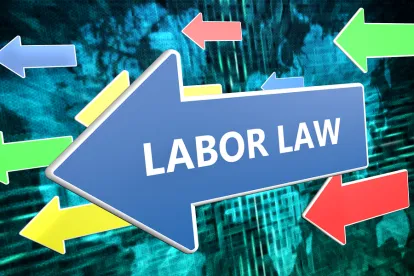It’s here. The U.S. Department of Labor’s Wage and Hour Division unveiled its proposed new overtime rule today. We skipped the 200-plus pages of preamble and jumped right to the proposed regulatory amendments themselves (we’ll digest the prefatory materials in another post). Here’s the deal:
- The salary minimum for exemption as an executive, administrative, or professional employee would jump from $455 per week ($23,660 per year) to $679 per week ($35,308 per year). That’s not quite the boost the Obama Administration tried to roll out in 2016 (to $913 per week, or $47,476 per year), but it’s on the higher end of the low-to-mid 30s that many businesses expected.
- Up to 10% of the salary minimum can be satisfied through nondiscretionary bonuses, incentives, and/or commissions that are paid annually or more frequently. And employers can make a “catch up” payment at the end of the year to bring an employee up to the $35,308 minimum. This effectively brings the weekly salary minimum down to $611.10 (provided there’s a later true-up payment), but it’s unclear what happens if an employee is terminated mid-year without having received the full $679 per week. Ostensibly, the employer could make a supplementary payment in a amount such that, when the total compensation paid to the employee for the year is divided by the total number of weeks worked in the year, the outcome is at least $679, and thereby preserve the exemption.
- The threshold for exemption as a “highly compensated employee” would jump from $100,000 to $147,414 in total annual compensation. That’s higher than the $134,004 level in the dead-on-arrival 2016 rule (a federal judge declared it invalid prior to its effective date), but it might not matter to employers in states that don’t recognize this particular exemption for state law wage claims.
What’s not in the proposed new rule? Automatic increases in the salary thresholds. That was a hallmark of the 2016 rulemaking, and not particularly well-received by the business community. Assuming no such auto-increases are built into the final rule (the proposed rule seeks public comment on how best to implement future increases), they would ostensibly have to go through a notice-and-rulemaking process prior to being implemented.
So, all in all, a fairly straightforward proposed new rule that won’t make a difference to employers in states with already-higher salary minimums for exemption (consider New York’s $58,500 annual minimum for most exempt executive and administrative employees in New York City, or California’s annual salary requirement of $49,920 for exempt employees of large employers).
Once the proposed new rule is published in the Federal Register (that hasn’t happened yet), the public will have 60 days to submit comments, after which the DOL will issue a final rule with an effective date to be determined. We’re targeting the late fall of 2019 as the earliest realistic effective date for a new rule, and that assumes the government is in a rush.



 />i
/>i

